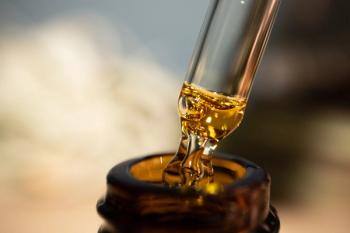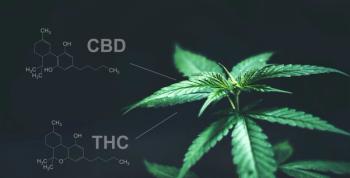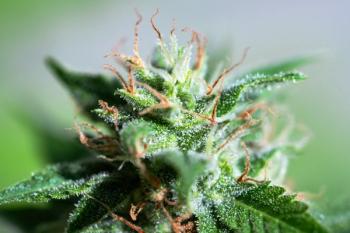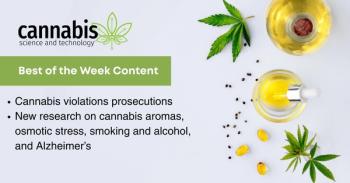
How Standards Can Counteract Cannafraud in Vape Cartridges: Insights from Darwin Millard
In this interview clip, Darwin Millard, Technical Director of CSQ, explains an example of "cannafraud" in the industry and how developing standards can combat these challenges.
The next issue of Cannabis Science and Technology will feature a look at vape manufacturing safety. Darwin Millard, Technical Director of Cannabis Safety and Quality (CSQ) offers his insights on this topic.
Known as "The Spock of Cannabis," Millard specializes in extraction and manufacturing, also serving as ASTM’s Subcommittee Vicechair of D37.04 on Cannabis Processing and Handling, as well as the Subcommittee Chair or D37.08 on Personal/Household-Use Cannabis Devices and Appliances.
In this clip from our conversation, Millard explains an example of "cannafraud" in the industry and how developing standards can combat these challenges.
Transcript
Erin McEvoy: Hello everyone. I'm here with Darwin Millard, Technical Director of Cannabis Safety and Quality. Thank you for meeting with us.
Darwin Millard: Of course, Erin, thanks so much for having me. I'm really looking forward to this.
McEvoy: Excellent. Is there anything in particular that you've seen recently in the marketplace, that interests or concerns you?
Millard: Cannafraud is a thing that is starting to creep up and becoming more and more of an issue within our industry. And a great example of how cannafraud affects vape cartridges, is when a producer purposely misrepresents a, say, distillate and terpene blend as live rosin or live resin, right? They're not necessarily hurting anyone in that case, but they're capitalizing on the “perceived” market value of live resin and live resin by making a fraudulent product, right, and just calling it that. So that is certainly something that irks me a little bit. I would like to see licensed operators being transparent about what they do, but it kind of comes back to standards, right? So if we don't have a standard for what “live rosin” is, right, to be live rosin, does it have to be 100% live rosin, or is there some acceptable not live rosin within your live rosin cart that you'd be willing to still buy, right? Like, is 50% live rosin in a live rosin cart? Is it 51% that makes the live rosin a live rosin cart? I would assume it's probably more than that little bit just so that they can put it on the label, right? But that's where hopefully we'll get some standards coming in with this new information that we're learning, right? And we actually can define what the specifications for a “live rosin” would be.
Newsletter
Unlock the latest breakthroughs in cannabis science—subscribe now to get expert insights, research, and industry updates delivered to your inbox.





